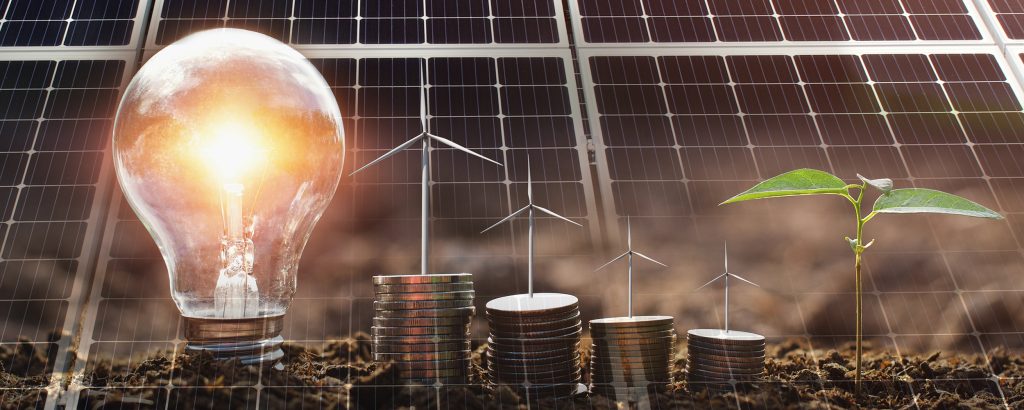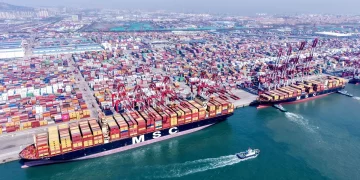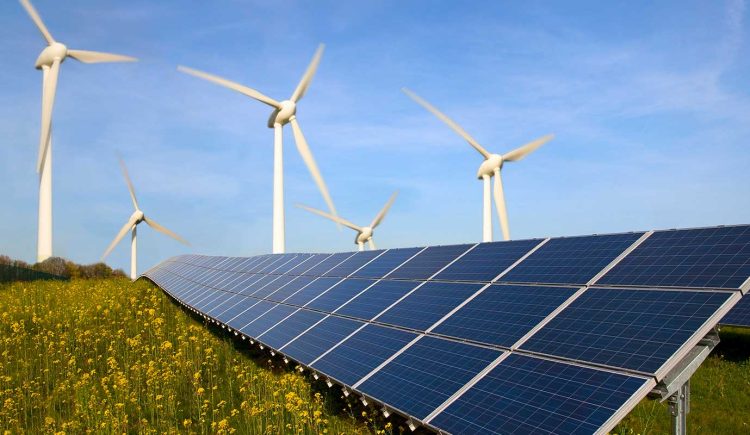The Growing Challenge of Climate Change
In recent years, the increasing emission of greenhouse gases has led to a worrying rise in global temperatures, disrupting climate stability and posing significant challenges that can no longer be ignored. Currently, the global energy structure remains heavily reliant on fossil fuels, whose extraction, transportation, and usage generate copious amounts of greenhouse gases. In this context of climate change, a transition to sustainable energy is not just beneficial but necessary. Such a transition would not only mitigate greenhouse gas emissions and combat climate change but also improve energy efficiency, enhance energy security, and promote sustainable economic and social development.
Transformative Trends in the Energy Landscape
According to the latest “World Energy Blue Book: Global Energy Development Report (2024),” the global energy landscape is undergoing profound adjustments. Escalating geopolitical tensions, the fragile state of global economic recovery, and the accelerated transition towards green energy collectively shape the dynamics of the global energy market. This report, published by the International Energy Security Research Center of the Chinese Academy of Social Sciences and the Social Sciences Academic Press, emphasizes that technological innovation is a crucial driving force behind energy transition. In recent years, remarkable breakthroughs in clean energy technologies have emerged, supported by advancements in smart grids, electric vehicles, large-scale energy storage, and intelligent energy management. These innovations provide a robust foundation for the transformation of energy systems.
Rising Investment in Clean Energy
Data shows that in 2024, global investment in clean energy has surpassed the unprecedented threshold of $3 trillion, with $2 trillion allocated specifically for the development of clean energy technologies and related infrastructure. Overall, expenditures in renewable energy, power grids, and storage exceed the combined spending on oil, natural gas, and coal. The role of fossil fuels is gradually shifting. The Blue Book predicts that while oil will still play a pivotal role over the next decade or so, with global consumption expected to remain near 80 million barrels per day by 2035, natural gas is emerging as one of the key fossil fuels in global development. With a clean and efficient profile, natural gas production and geological reserves are on the rise, and it is anticipated that by 2050, natural gas will comprise slightly more than 25% of primary energy sources, overtaking oil as the dominant energy form. Under scenarios of net-zero emissions, global natural gas demand is projected to peak before 2030, subsequently decreasing to approximately half of 2022 levels by 2050.

The development of renewable energy sources such as wind and solar power has seen astonishing progress, with installed capacities expected to increase around eightfold by 2050; in net-zero scenarios, this figure rises to fourteenfold. Conversely, coal is facing dramatic decline, with consumption projected to plummet by about 85% in net-zero scenarios, diminishing its share in primary energy from 28% in 2022 to approximately 5% by 2050.
The Imperative of Energy Security
In recent years, global energy security has garnered heightened attention, especially under the influence of geopolitical factors such as the Russia-Ukraine conflict, compelling nations to pursue greater energy independence and diversity rigorously. Many countries are accelerating efforts to enhance their energy self-sufficiency while actively promoting a transition towards low-carbon, renewable energy sources, thereby reducing reliance on external oil and gas supplies. These initiatives have contributed to gradually stabilizing the fluctuations in the global energy market, with international energy prices expected to stabilize after experiencing short-term volatility and potentially exhibit a mild downward trend. On the demand side, following a slowdown in 2023, the global economy has shown some resilience, although growth expectations remain cautious. The International Monetary Fund (IMF) and the World Bank project global economic growth rates of 3.2% in 2024 and 3.3% in 2025. This slowdown in global economic growth will directly lead to a deceleration in energy demand, further contributing to downward pressure on energy prices.
Towards a Sustainable Energy Future
Looking ahead, many economists suggest that as clean energy technologies mature and supportive policies emerge, the world is poised to enter a more sustainable and efficient energy era. Despite challenges related to costs, infrastructure, and market acceptance, the future of the energy industry gleams with potential. Addressing climate change and transitioning to sustainable energy are issues that demand collective action on a global scale. International cooperation and policy formulation are critical to advancing climate governance and energy transition. Countries must enhance coordination, devise effective policies and measures to jointly reduce greenhouse gas emissions, and guide investments, markets, and economic development towards a climate-friendly market framework.
China is actively participating in global climate governance and energy transition through platforms such as the “Belt and Road” Green Development International Alliance, gathering more momentum for international cooperation to combat climate change.































